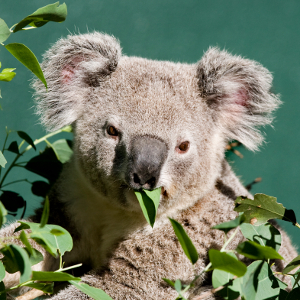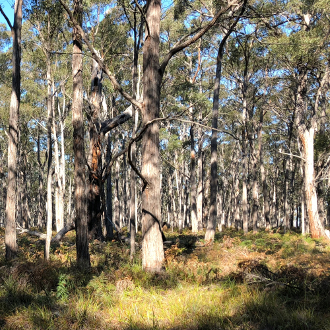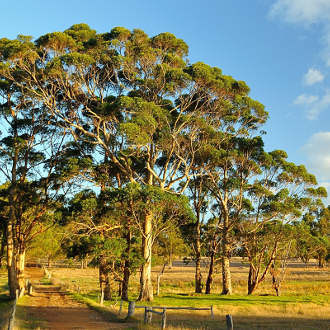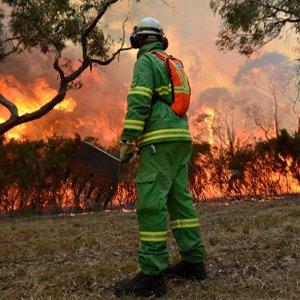Changes to Threatened Species List under EPBC Act
On 7 December, 2016 the Minister for the Environment and Energy approved changes to the listing status of several species listed as Threatened under the Commonwealth Environment Protection and Biodiversity Conservation Act 1999 (EPBC Act). Several of these changes affect species found in Queensland.
The changes and the general areas in which they occur are:
- Freshwater crayfish Euastacus bindal – new listing as Critically Endangered. Confined to Mount Elliot in central Queensland.
- A nightshade Solanum dissectum – new listing as Endangered. Occurs in a small areas bounded by Blackwater to Bauhinia to Thangool to Dululu.
- A nightshade Solanum johnsonianum – new listing as Endangered. Occurs in a small areas bounded by Rolleston to Theodore to Biloela to Dululu.
- Brigalow Woodland Snail Adclarkia cameronii – new listing as Endangered. Condamine River floodplain around Dalby and Chinchilla.
- Dulacca Woodland Snail Adclarkia dulacca – new listing as Endangered. Occurs in small areas between Miles and Dulacca and south to Meandarra.
- Antbed Parrot Moth Trisyntopa scatophaga – new listing as Endangered. Occurs in association with Golden-shouldered Parrot Psephotus chrysopterygius, which is endemic to southern and central Cape York Peninsula.
- Semon’s Leaf-nosed Bat Hipposideros semoni – transferred from Endangered to Vulnerable. Coastal north Queensland from Cooktown to Cape York with an outlier at Kroombit Tops near Gladstone.
- Greater Large-eared Horseshoe Bat Rhinolophus robertsi – transferred from Endangered to Vulnerable. Coastal north Queensland from Townsville to the Iron Range.
- Bare-rumped Sheathtail Bat Saccolaimus saccolaimus nudicluniatus – transferred from Critically Endangered to Vulnerable. Northern Queensland.
- Julia Creek Dunnart Sminthopsis douglasi – transferred from Endangered to Vulnerable. Mitchell Grasslands on north-western Queensland.
The listings are effective from 7 December and must be considered for projects that have not been previously referred to the Department of Environment and Energy and that are likely to have a significant impact on one or more of these species as well as any other matters of national environmental significance.


Contact


For further information or to discuss the impact of the changes on your project, please contact us on 1300 839 325 or email enquire@ehpartners.com.au.
Photo: Julia Creek Dunnart By Australia Zoo - Australia Zoo, Per Zoo Aquarium Association, CC BY-SA 3.0














